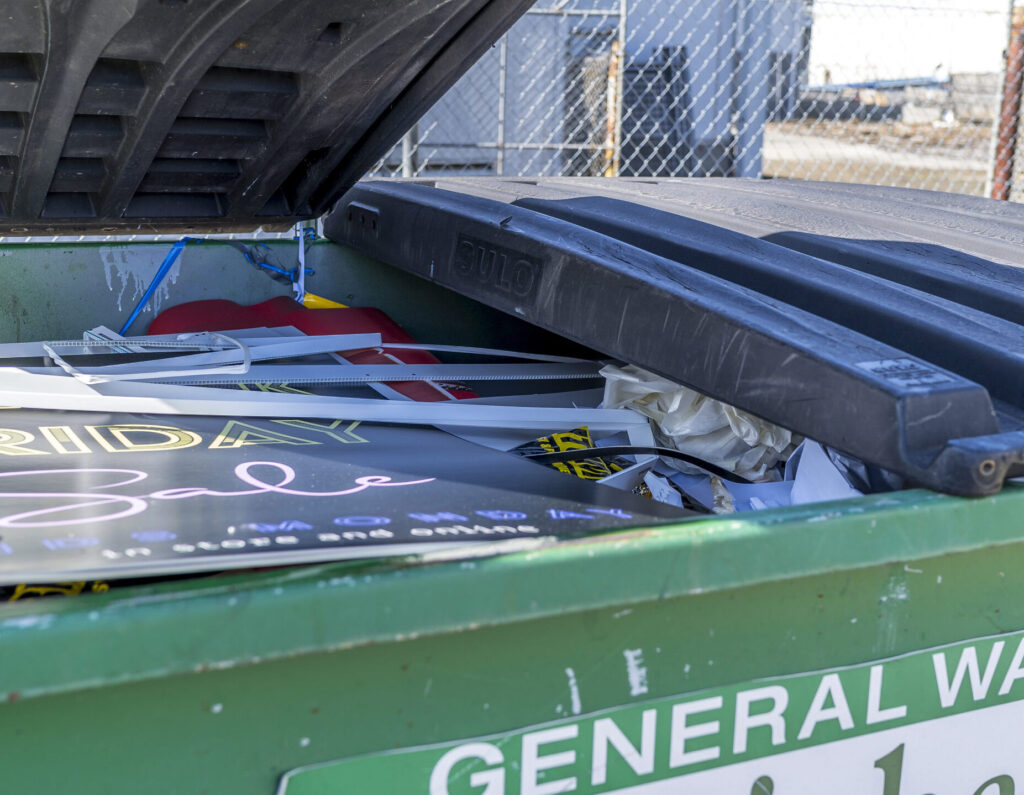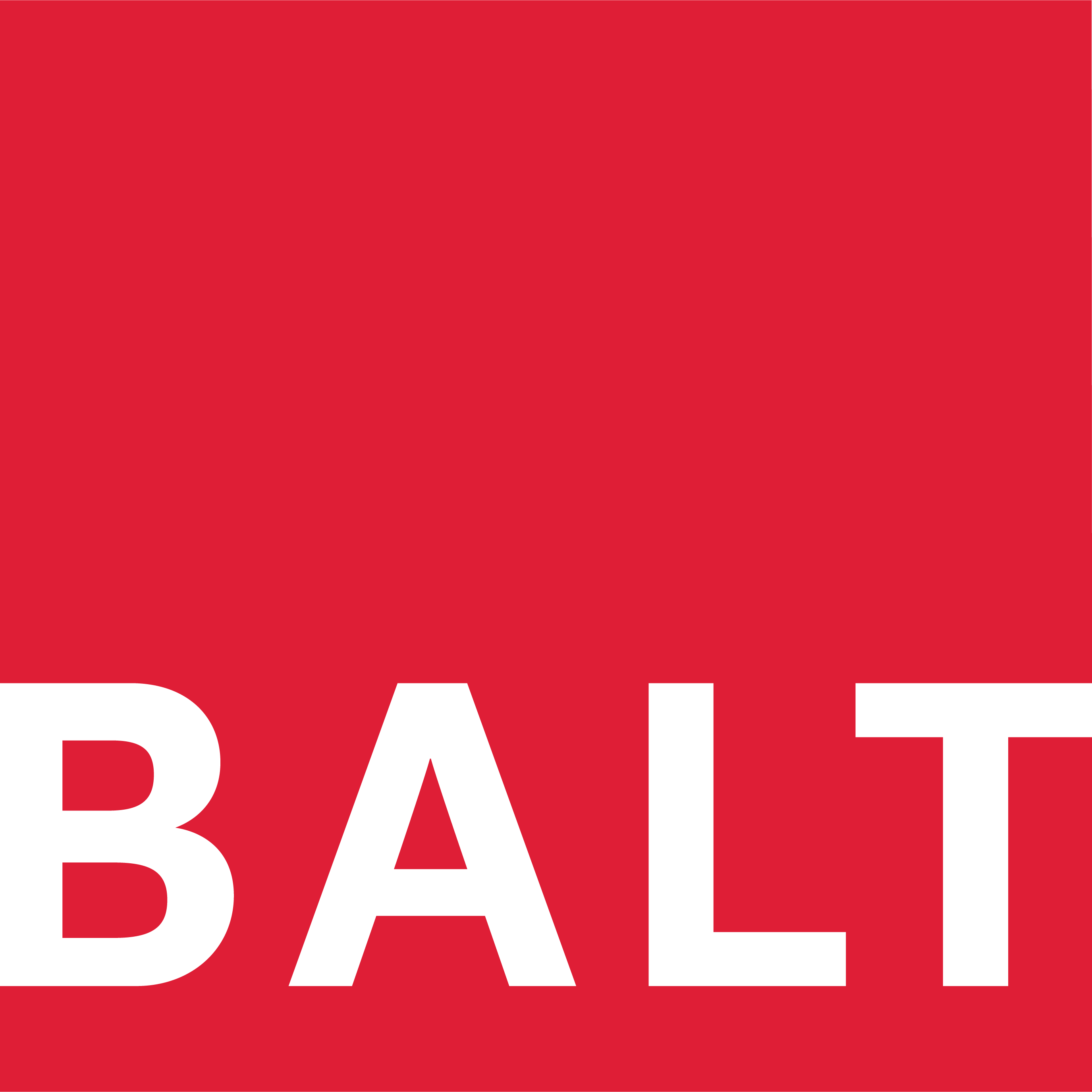Waste auditing is a critical process for improving sustainability and efficiency. It involves systematically examining resource usage and management practices to identify opportunities for avoiding waste, reducing resource inputs, and reusing or recycling materials at the end of their useful life.
The tools and methods presented here are designed to help small- to medium-sized businesses improve their resource efficiency by identifying and quantifying opportunities for improvement. The audit method is presented in five parts, from establishing objectives to analysing data collected and implementing recommendations. Supporting documentation and templates for records can be downloaded from this page and from the main BREP resources page. Get in touch via our contact page to share your ideas and provide feedback so we can keep improving this resource.

Why audit?
Identify Opportunities: A waste audit helps uncover areas where resources are being used inefficiently, leading to potential cost savings and environmental benefits.
Compliance and Monitoring: Regular audits ensure compliance with environmental regulations and help monitor the effectiveness of waste management strategies.
Innovation and Improvement: The insights gained from a waste audit can drive innovation and measure the effects of improvement initiatives on operational performance.
Choose your own audit adventure
The waste audit methodology presented here can be used to assist businesses to identify and scope projects and measure improvement. The main processes are shown below. Depending on the objectives, scope and criteria for your audit, the tools and methods may be more appropriate than others. Ensure you understand the objectives of your audit, then design the audit to provide sufficient information to evaluate performance and make effective decisions, in the most efficient way possible.
Understand the Context
Use the BREP Company Profile template to describe your business and help you define your audit objectives, scope and criteria.
State your objective
Understanding the objective of an audit helps to set the scope and criteria. For example, if the purpose of the audit is to identify opportunities to reduce waste going to landfill, the scope could include all waste generated in production areas (or representative samples) and criteria could include the Waste Management Hierarchy.
Define the scope of audit
The audit scope should define the limits of the audit. This can be described in terms of the sites or locations to be audited, and the products, processes or business units included. It may specifically exclude some areas. For example, a product or process that is obsolete and being phased out.
Set assessment criteria
Audit criteria can be established by the auditor or based on recognised best practice or clauses from an applicable standard or regulation. Examples include ISO 14001: International Standard for Environmental Management Systems, Environmental Protection Notices, or the Cradle to Cradle CertifiedTM Product Standard.
Choose a Method
Any or all of these methods are effective when used alone, or in combination, if we recognise the limitations of our chosen method(s).
'Desktop' audit
A ‘desktop’ audit can be conducted remotely by viewing documents and records. This offers efficiencies but requires the business to have documented policies and processes, up-to-date records and accurate data. Use the Request for Information template as a checklist for potential data sources.
Process-based audit
A process-based audit is conducted during normal operations and can take one or more days to complete. The audit typically involves a site inspection, observing operations and interviews with key staff to assess the systems and processes in place. Audit findings are recorded as opportunities for improvement and may be categorised depending on perceived risk.
Visual waste survey
A waste survey is a quick and easy way to identify opportunities to reduce waste to landfill. Bins on-site are visually inspected during normal operations. An estimate of material types and quantities collected as waste are recorded in a Waste Survey Worksheet and then entered into our Waste Survey Calculator to generate a simple report.
Planning & Preparation
An effective audit requires planning and preparation to ensure it is completed efficiently and disruptions to operations are minimised.
Prepare an Audit Plan
An Audit Plan is prepared to ensure that all areas within scope are covered in the time allocated for the audit. A plan is useful when the audit requires cooperation or participation of other people in the business. It gives an ‘auditee’ an opportunity to prepare and make sure they are available to answer questions and access information for the auditor. Refer to our Audit Plan template for inspiration.
CAUTION
Identify and assess health and safety hazards before commencing an audit. Appropriate personal protective equipment should be worn when entering any workplace and precautions taken to avoid contact with sharps or other hazardous waste while surveying bins.
Prepare an Audit Checklist
A checklist or form for collecting data should be prepared before an audit so that the right data is collected and mapped directly to the audit criteria. Customise our Audit Checklist template covering a range of relevant criteria, to suit the size and type of your operations and the scope of your audit. This checklist can also be used as a reference during a Desktop Audit.
Collect & Analyse Data
Collect data
During the audit, make notes and record your findings in your checklist or survey worksheet. Collect evidence to support your findings. For example, record the order number and date on spoiled inventory, take photos and videos of observed issues. Your aim is to collect sufficient evidence to assess your business, as a whole system.
Analyse results
Use our Audit Report template with guidelines to bring your data together and guide your analysis, based on your audit scope and criteria for assessment. Investigate root causes and generate ideas for reducing and avoiding waste. See our Fact sheet – Problem solving for more information on root cause analysis.
Prepare a report
Refine your audit findings and recommendations and present them in an Audit Report. Share the report with everyone involved in the audit and invite feedback on the audit process, the validity of your findings and your recommendations for improvement.
Make Improvements
Make immediate corrections
Immediate action should be taken during an audit, if significant nonconformance or a safety hazard is identified. Examples include oil leaking from equipment, a broken window in an air-conditioned building, or excess dust from stockpiles.
Take corrective action
Prepare an action plan to exploit the opportunities for improvement identified and follow up on actions to ensure they are closed out as quickly as possible. See our Fact sheet – Action Plans for more information.
Continuously improve
Establish a program for periodic audits to measure the outcomes of implemented improvements. Refine the audit process and update the documents you have used so that they serve your business and achieve your evolving objectives.
Share your audit experience
Join the community
Join the BREP Community and share your knowledge and experience with waste auditing.
Give us feedback
Give us feedback on our audit methodology and tools. Make suggestions about how we can improve our resources.
Form a set
Form a set with other business owners and managers and learn with and from each other to develop your auditing skills.






















